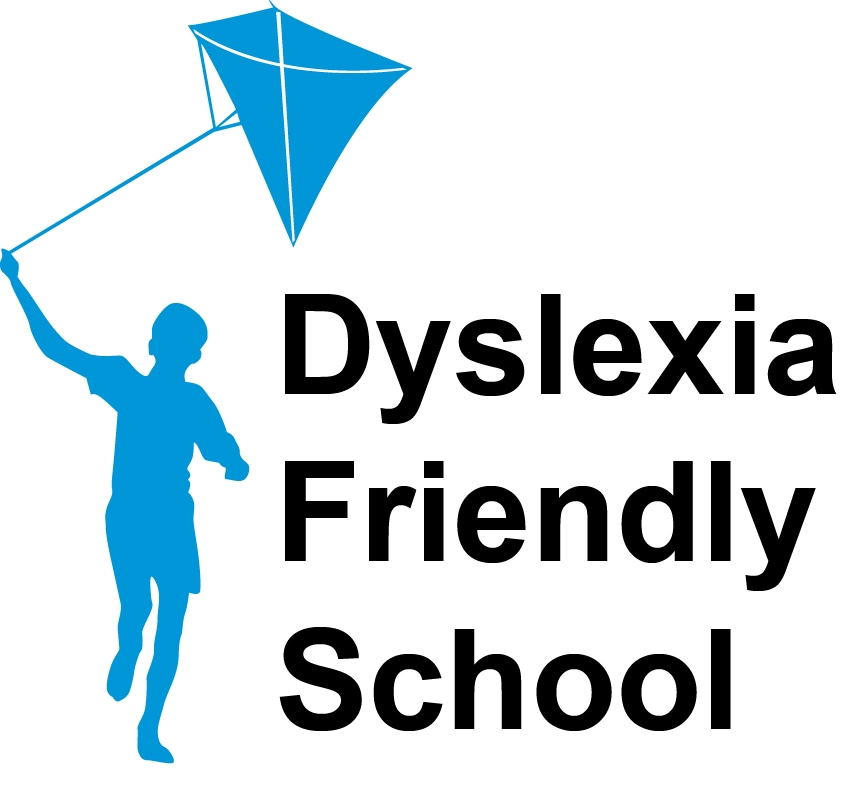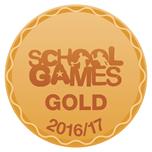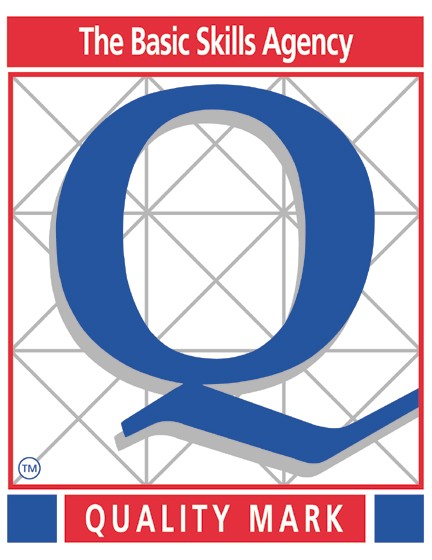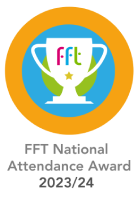OUR NEWSLETTERS
KEEP UP TO DATE

This program teaches a variety of social-emotional skills to children, starting with early emotional skills and advancing to self-regulation and navigating social situations.

Here are some skills taught during The Zones of Regulation:
Identifying your emotions by categorizing feelings into four zones (more on this below)
Self-regulation: Achieving the preferred state of alertness (zone) for a situation. This is all about regulating your body and emotional regulation.
Identifying triggers: Learning what makes you “tick” and why
Coping strategies: Various techniques and strategies that help achieve emotional regulation and manage strong emotions.
Size of the problem: Introduces the idea that the size of your reaction should match the size of your problem, how to identify the size of your problem and strategies for problem-solving.
Expected behaviour vs unexpected behaviour: This also covers perspective taking and how your behaviour affects the thoughts and feelings of the people around you
The Zone Colours:
The Zones of Regulation uses four colours to help children self-identify how they are feeling and categorise it based on colour. The aim is to also help children better understand their emotions, sensory needs, and thinking patterns. They learn different strategies to help them cope and manage their emotions based on which colour zone they are in. Additionally, the aim in using and understanding the Zones of Regulation is to help children recognise their own triggers, learn to read facial expressions, develop problem-solving skills, and become more attuned to how their actions affect other people – the teachers in class model this each day.
The Green Zone
The green zone is used to describe when you are in a calm state of alertness. Being in the green zone means you are calm, focused, happy or ready to learn. This is predominantly the state you want your child, and yourself, to be in.
The Yellow Zone
The yellow zone describes when you have a heightened sense of alertness. This is not always a bad thing, and you still have some control of your actions when you are in the yellow zone. Being in the yellow means you may feel frustrated, anxious or nervous. But it could also mean you are feeling excited or silly – all of which are appropriate in the right situations.
The Red Zone
The red zone describes an extremely heightened state of intense emotions. When a person reaches the red zone, they are no longer able to control their emotions or reactions. This is the zone children are in during meltdowns. Being in the red zone means you are feeling anger, rage, terror, or complete devastation and feel out of control.
The Blue Zone
The blue zone, on the other hand, is used when a person is feeling low states of alertness or arousal. When you are in the blue zone you may be feeling down – sad, sick, tired, or bored. You are still in control, as you are in the yellow zone, but with low energy emotions.
Using the zones at home:
The first step in using the Zones with your child is reminding him/her of the four zones and identifying which emotions fall into each zone. This can be helped by talking about The Zones frequently and in different environments and encouraging them to identify which zone they are in. Examples are – when reading a book or watching TV talking about which zone you think the character is in.
Some children can really struggle with identifying the emotion they are feeling, for example, a child may recognise he/she is angry because whenever he/she gets cross, their heart races. So – they feel their heart race and the result is an angry outburst – the red zone. But fear also causes our heart to race. If your child is not able to recognize the other sensations that happen when they are both afraid and angry then they will react angrily when they are actually scared – and they will not understand what is happening or how to regulate that emotion. As we work on this in school we try to get them to recognise all of the emotions associated with a feeling.
Ultimately what we want is for the children to have strategies to get back to the green zone – some strategies we use in school are: counting breaths, a physical activity, a brain break, a distraction job, tensing & releasing muscles, music, counting – different things work for different children and no one thing works every time especially if they are in the red zone.
Zones Resources to use at home:
We have attached some resources you may find useful when using the zones at home as a family.
‘How are you feeling today?’ strips – a tool to show and discuss with each other how you are feeling. There are notes attached to this research about how to use them successfully.
‘What zone are you in?’ poster – to display in the house to discuss what emotion you are feeling and which zone you are in.
‘Moving zones’ and ‘Choosing the green zone’ - activities to support different ways of moving back to the green zone from each coloured zone.
Brain-break ideas - 16 different activities that we would use in school that are easily adaptable to use at home.
Hawarden Road
Altrincham
Cheshire
WA14 1NG
0161 912 5937
admin@navigationprimary.com






